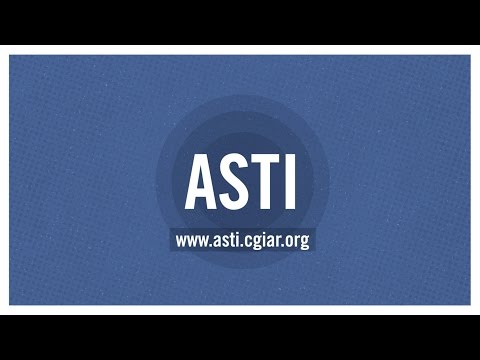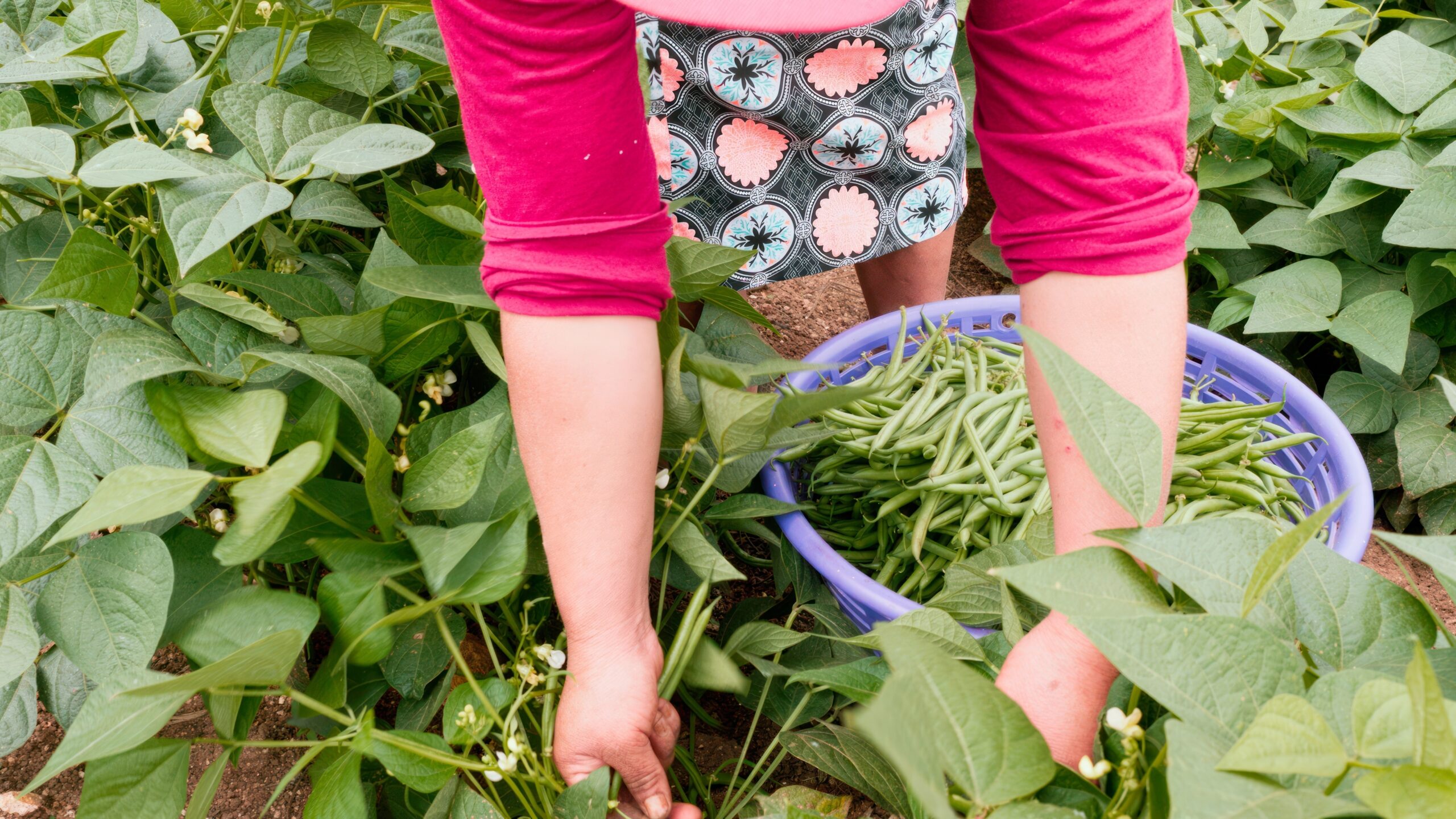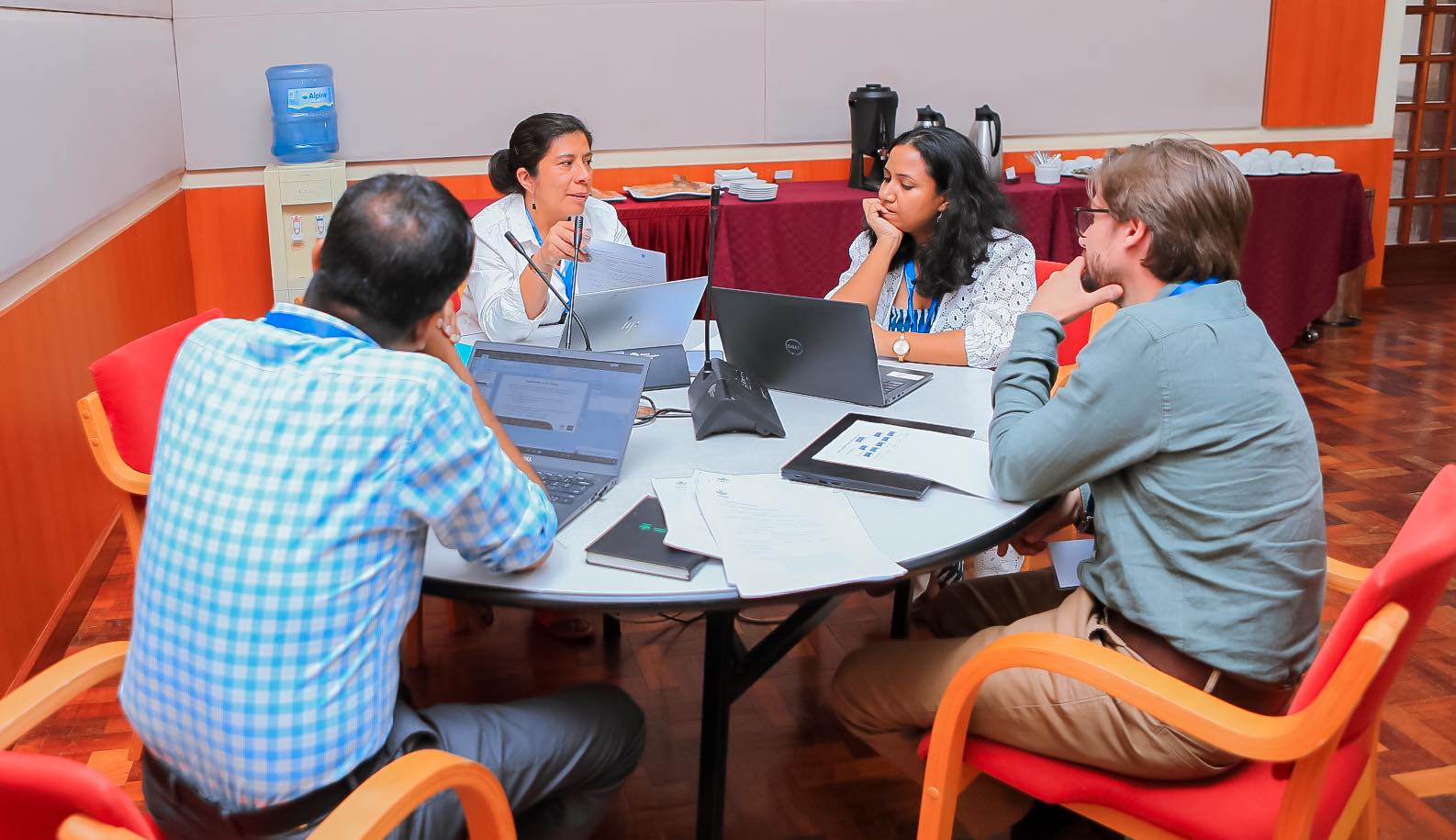The following post by Nienke Beintema, Head of the Agricultural Science and Technology Indicators (ASTI) Program, is part of an ongoing series of blog stories celebrating IFPRI’s 40th anniversary. Each story authored by current and former IFPRI research staff highlights a key research topic through the years from the personal perspective of the researcher.
Open Data has a certain coolness factor that definitely was not present when I joined IFPRI in 1995. Back then, data were seen merely as an input into econometric analysis and other research. The work of actually going out into the field and collecting, analyzing, and sharing primary data—the core business of the Agricultural Science and Technology Indicators (ASTI) program, which I lead—was uncommon, and even frowned upon by a few colleagues at the time we started.
ASTI’s mission has always been to unearth information on developing countries’ investments in agricultural research and development (R&D), but how we accomplish this task has changed enormously. Twenty years ago, email was still relatively rare, and Internet access was limited, to say the least, especially in developing countries. The only way to get the information we needed was to send (and resend) letters, faxes, and telexes to the various research institutes and to visit (and revisit) their offices in person. Then came the tedious work of entering the data into computer files manually.So much has changed. The spread of the Internet paved the way for ASTI to make its data freely available online and, as such, was one of the first Open Access data sources of the CGIAR. Furthermore, collecting primary data is no longer frowned upon. In fact, it has become an integral part of many current research projects at IFPRI, as well as an important component in our reporting to donors.
Technology, of course, has made collecting and disseminating data easier and quicker. Countries can now upload survey data on agricultural R&D straight to our data management portal. After validating and synthesizing these data, we can easily publish them on our program’s website. The time required to collect, synthesize, and disseminate data has dropped considerably. Online tools allow users to readily compare the status and direction of agricultural research investment and capacity across countries.
Agricultural R&D was one of the main drivers behind the enormous increases in food production during the 20th century, and the generation of new technologies is crucial to meeting the food needs of an estimated nine to ten billion people in the coming decades. Policymakers know that more investment in agricultural research is key to increasing agricultural production. And quantitative information—of the kind that ASTI provides—is fundamental to measuring and monitoring the performance of the agricultural research systems on which feeding the world’s people depends. ASTI plays a unique role in supplying the information needed to promote a better understanding of the status and direction of national agricultural research systems in developing countries. But the true value of our work has not yet been realized, in terms of spurring investment in research, researchers, and research infrastructure.
Nonetheless, we see cause for optimism. In recent years, ASTI has transformed itself from an ad hoc R&D data collection program with limited analytical activities to a sustainable R&D data collection and analysis system focused on intensifying the dissemination and use of its datasets and other outputs, especially at the national level. To accomplish this transformation, we have set up formal partnerships with research institutions in developing countries and created a network of individuals in these institutions who manage and communicate the knowledge and information.
These efforts are paying off. National partners feel an increased sense of ownership of the datasets and are using them for analysis and advocacy. Partner institutes, such as the Ethiopian Agricultural Research Institute and the Agricultural Research Council of Nigeria, have set up monitoring and evaluation units, have begun developing sound data management systems, and are planning to collect data more regularly.
Open Data still has a long way to go and ASTI aims to remain at the forefront: Our plan is to continue to work closely with our national partners to make ASTI data and other outputs on agricultural research more relevant and easily accessible for policy analysis and advocacy. By doing so, they can help lead to a productive and sustainable world food system in the years to come.







